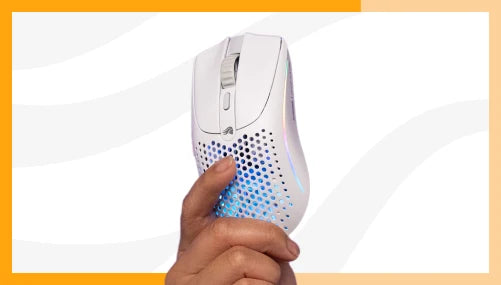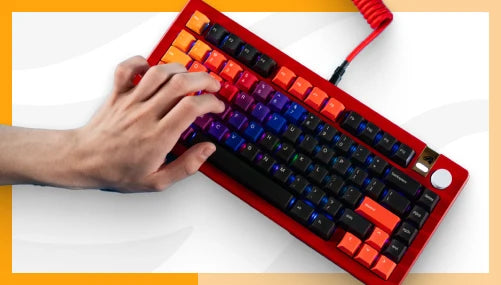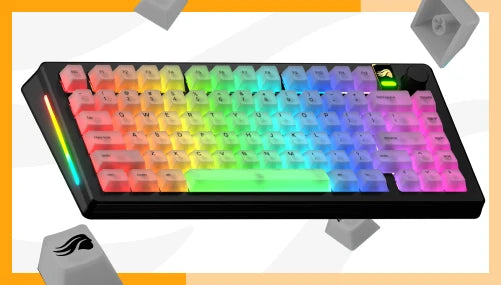Explaining Mechanical Switch Actuation Force
When searching around for switches online, you may notice a value labeled "actuation force" represented in grams (g). For example, Gateron Red switches have an actuation force of 45g, Blacks are 50g, and Greens are 80g. This value is what it sounds like: the amount of force needed to activate the switch. Actuation force significantly affects your mechanical keyboard's overall typing experience, so understanding these values is essential when deciding which switch to use in your next build.
We want to emphasize that actuation force and spring weight are not the same things. Some vendors display their switch's spring weight instead of actuation force, which can confuse the average consumer as both values are measured in grams. A heavier spring weight does not necessarily mean a heavier actuation force and vice versa. Switch type, stem shape, spring length, and more are all factors that affect actuation force. If the vendor does not display actuation force on their site, check the manufacturer's site or forums to find this information.



